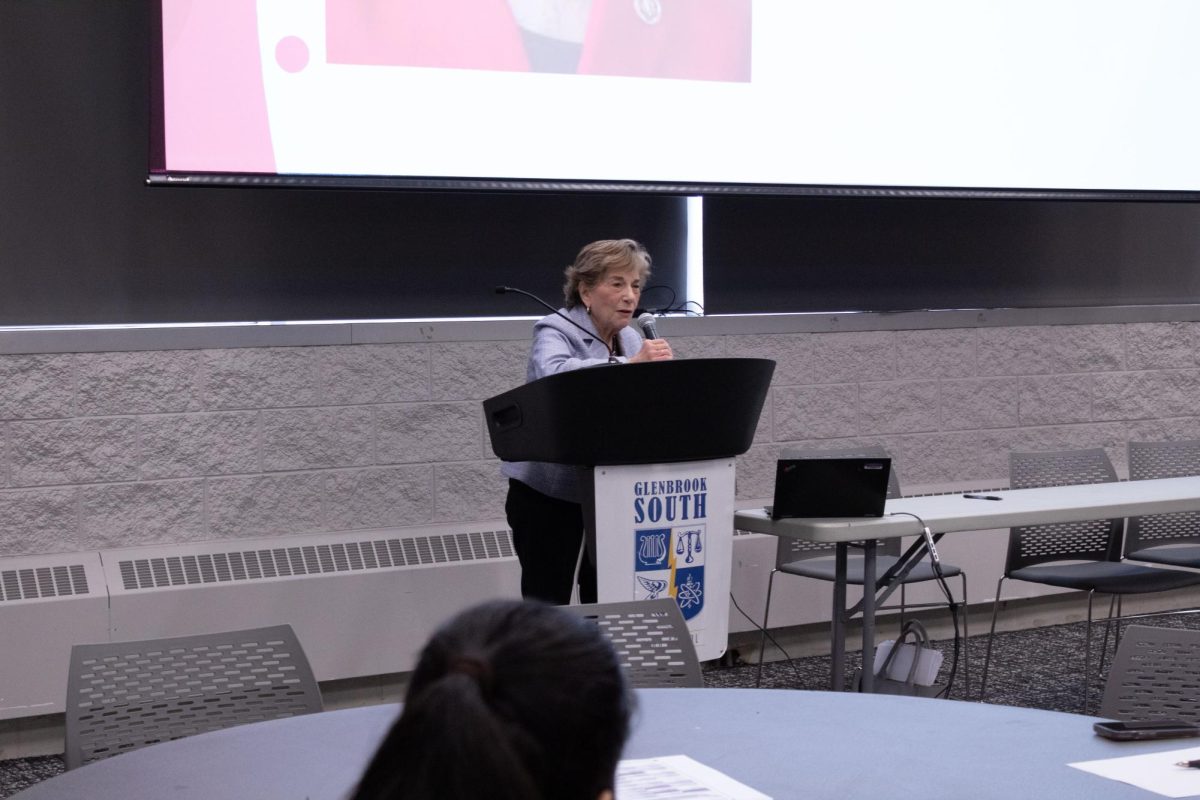In preparation for the upcoming enrollment bubble at South in the next five years, District 225 plans for a temporary strain on the school budget and resources.
Kimberly Ptak, district director of operations and purchasing, uses Cohort Survival Analysis to track student enrollment from kindergarten through twelfth grade in order to predict future growth.
Based on these projections, there is an estimated projected growth of 496 students from 2013-2017. This growth will culminate in 2017 with a total of 3,177 students, a record high for South.
According to Superintendent Dr. Michael Riggle, South was renovated in the early 2000s in anticipation of the enrollment bubble. Projects like the new pool, gymnasium, cafeteria and Student Activities Center are meant to serve a larger student population. Riggle estimates South is currently built for approximately 3,200 students.
“The thing that’s important for the community [to know] is, if this indeed is going to be a bubble, the enrollment is going to come back down,” Riggle said. “We don’t want to overbuild, because if we overbuild, we’ll end up with large sections of the building that might go unused in the future, and that would be a poor use of our money.”
According to Hillarie Siena, assistant superintendent for business affairs, the enrollment growth that was expected with the creation of the Glen in 2001 was pushed ahead a few years due to a misjudgment of the Glen demographic. Siena said it was predicted that most of the Glen population would be second-home buyers with older children.
Instead, the enrollment spike happened in the pre-school grade level.
“We lived through this enrollment explosion in the Glen Grove/Westbrook school system and now it’s hitting Attea,” Julie Shechtman, District 34 board member, said. “I’m not surprised at all because I’ve been watching it every year, and each year the kids get a little bit older. GBS has seen this coming for a decade now. They’ve known it’s coming, and they should be prepared for it.”
Siena also recognized other enrollment catalysts: a downturned housing and job market. According to Siena, there are an increased number of families who are renting houses in Glenview due to the current housing market. These families are seeking a short-term transition while they “ride the economic wave”, which is adding to South’s student population.
In terms of the troubled job market, Siena notices a trend of families who are unable to afford tuition for private schools such as OLPH and Loyola Academy. These schools are experiencing a one percent downward trend in enrollment.
North’s student population is also decreasing slightly, according to Ptak. Ptak notes that as North’s enrollment decreases, their funding allocations will proportionally go down.
According to Siena, since the number of hired staff members is based on student enrollment, there is a possibility some North teachers will shift over to South to fulfill its growth. Fifteen to 20 additional teachers will need to be hired, each with an average cost of $70,000 per year including benefits, according to Siena.
“We know that [the district’s] income is going to be limited and predictable over that time,” Riggle said. “As you have increased enrollment, of course you’ll need more staff to educate students.”
According to Ptak each GBS student requires a $20,000 expenditure that includes staff salaries and benefits as well as everything that goes into running the building: equipment, utilities, transportation, food and maintenance. Based on the Cohort Survival Analysis projections, South will be spending $8.6 million more on student tuition in 2017 than in 2013.
According to Siena, the district is financially self-sufficient, with only 4 percent of the district budget coming from state aid. The majority of funding comes from property taxes and other local sources of revenue. Siena says that District 225 will levy enough property taxes to cover district-wide enrollment but the increase at South should not have a direct effect.
“My high school was 1,200 students, and my class was 300 students,” Jamie Zelvin, District 225 parent, said. “All these schools seem extraordinarily large to me, and I’m surprised at how small GBS feels. I think they work very hard for that, and they have a lot of different programs to make sure there’s a fit for everyone.”
Gary Freund, associate principal of administrative services, believes that maintaining the same class size is a priority and will help future GBS students experience the same high level of education.
Principal Brian Wegley said, “This will be the first time in our high school’s history that we’ll go over 2,700 [students], but we’ve handled growth like that before. Of course, our goal will be to continue to keep a big school [feel] small. We’ll continue to have great opportunities for our students, opportunities to connect to meaningful things in their lives, and I’m very confident we’ll be able to do that.”







